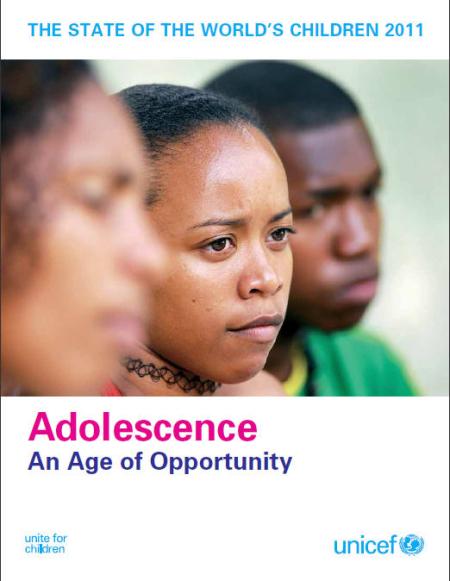In the global effort to save children’s lives, we hear too little about adolescence. Given the magnitude of the threats to children under the age of five, it makes sense to focus investment there – and that attention has produced stunning success. In the last 20 years, the number of children under five dying every day from preventable causes has been cut by one third, from 34,000 in 1990 to around 22,000 in 2009. Yet consider this: In Brazil, decreases in infant mortality between 1998 and 2008 added up to over 26,000 children’s lives saved – but in that same decade, 81,000 Brazilian adolescents, 15–19 years old, were murdered. Surely, we do not want to save children in their first decade of life only to lose them in the second. This report catalogues, in heart-wrenching detail, the array of dangers adolescents face: the injuries that kill 400,000 of them each year; early pregnancy and childbirth, a primary cause of death for teenage girls; the pressures that keep 70 million adolescents out of school; exploitation, violent conflict and the worst kind of abuse at the hands of adults. It also examines the dangers posed by emerging trends like climate change, whose intensifying effects in many developing countries already undermine so many adolescents’ well-being, and by labour trends, which reveal a profound lack of employment opportunities for young people, especially those in poor countries. Adolescence is not only a time of vulnerability, it is also an age of opportunity. This is especially true when it comes to adolescent girls. We know that the more education a girl receives, the more likely she is to postpone marriage and motherhood – and the more likely it is that her children will be healthier and better educated. By giving all young people the tools they need to improve their own lives, and by engaging them in efforts to improve their communities, we are investing in the strength of their societies. Through a wealth of concrete examples, The State of the World’s Children 2011 makes clear that sustainable progress is possible. It also draws on recent research to show that we can achieve that progress more quickly and cost-effectively by focusing first on the poorest children in the hardest-to-reach places. Such a focus on equity will help all children, including adolescents. Excerpts from the foreword by Anthony Lake, Executive Director, UNICEF






